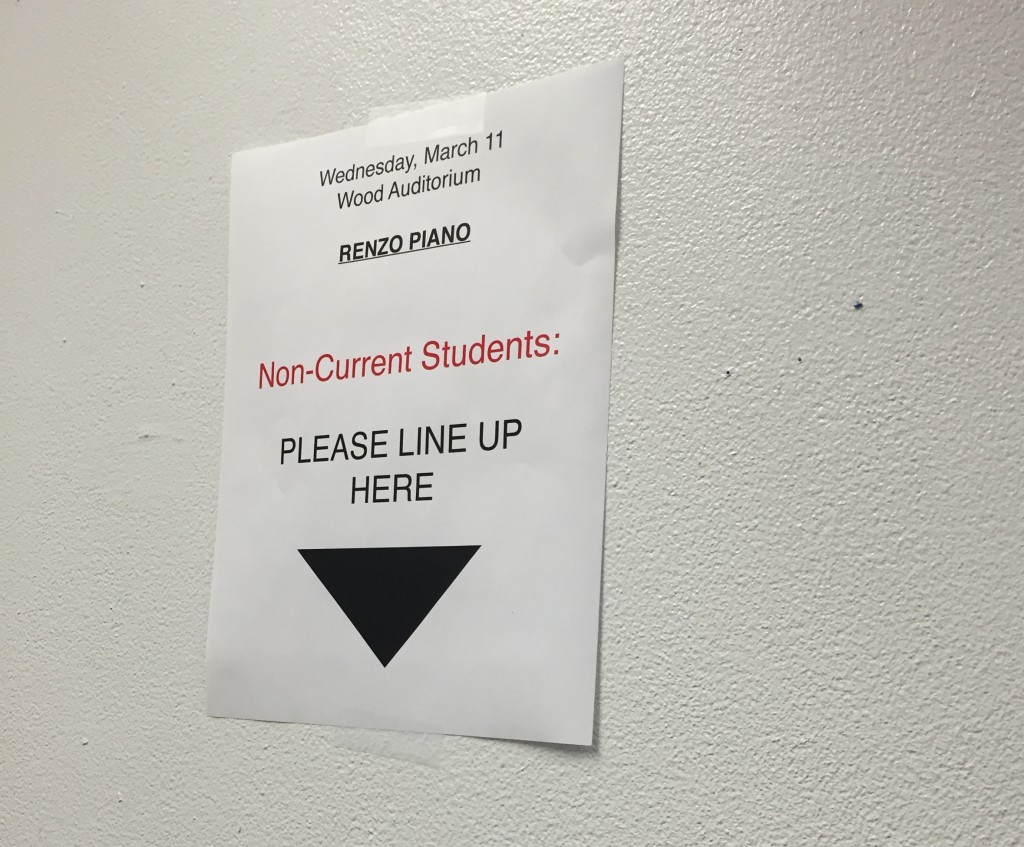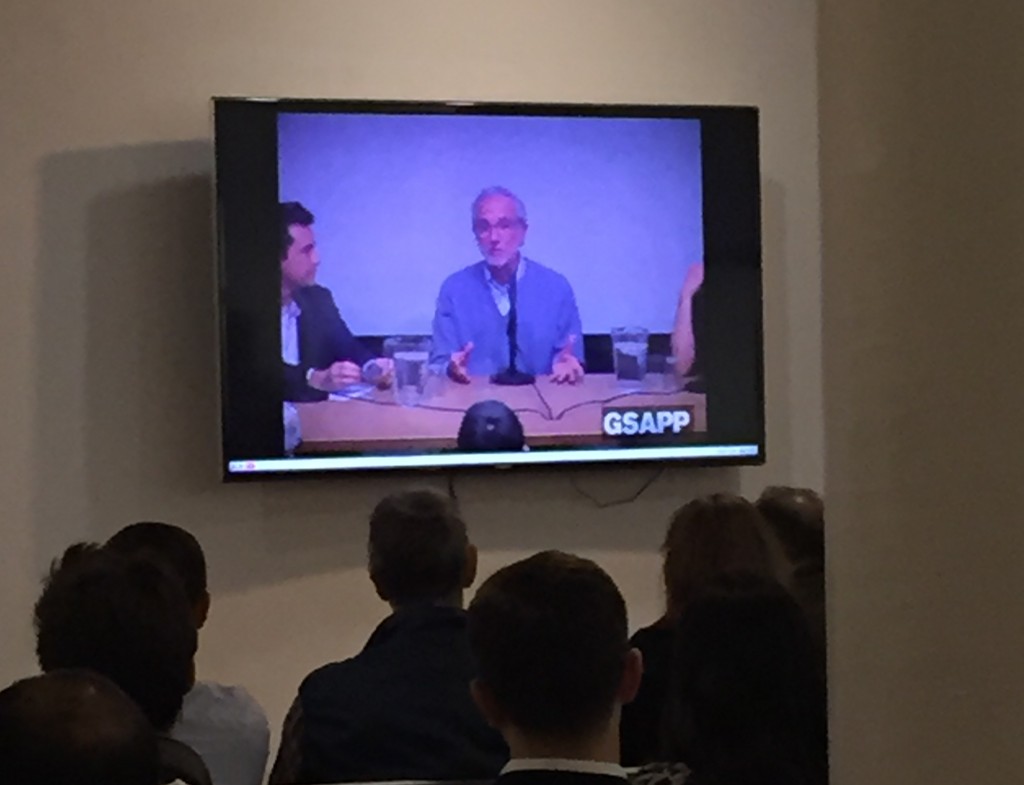As it might be obvious, the AAP bloggers this Spring 2015 semester are all fine arts students even though there are fewer of us compared to the graduate Masters of Architecture students. Previous to AAP NYC, we had little to no exposure to architecture and architectural history in our course work, and our interactions with the undergraduate architects were mostly limited to those fleeting moments when we would spot them outside of their studio (usually in the Green Dragon). Now, we are working in close proximity to the grad architects and we’re learning about art and architecture in our art history course, ART 3805 Media Space: Art, Architecture, and Film in the 20th Century Metropolis, taught by Masha Panteleyeva.
The course introduces us to architecture with a grounding in art and art theory, with which we are familiar, so we can learn the history of the city by combining past understanding with new knowledge. We make connections between how the growing industrial city of the 20th century became manifested in art and film. Last week, we were treated to a guest lecture by architect Thomas Leeser on the films of Jaques Tati, and next week he will be leading us on a tour of Museum of the Moving Image in Queens, which he designed and completed in 2011.
All this exposure to architecture motivated me to do a little cultural learning on my own: last week, I attended a lecture by world-renowned architect Renzo Piano at Columbia University’s graduate school of architecture. Since I arrived late after trekking uptown from my internship, I was herded into one of the overfill rooms outside the auditorium (although if I had arrived on time, it’s likely I wouldn’t have made it in anyway – they reserved seats for Columbia students).

I caught the end of his lecture, in which he mostly discussed the plans for the new Manhattanville campus for Columbia, and the first part of his Q&A. The topics in the Q&A were interesting since they concerned many of the same subjects that we discuss in our art history course: skyscrapers, the grid, suburbia, and future visions of cities, to name a few.
Here, I’ve compiled some observations and quotes from the Q&A:
- Unity does not mean uniformity.
- You cannot be an architect like a tourist. You have to know the city, feel the city.
- The future of living lies in vertical towers.
- On suburbs: He is an advocate of intensifying cities, and suburbs are inevitable. To stop making suburbs is a problem because then there would be nothing between city and country.
- Towers can balance the weight of a city in terms of aesthetics, socioeconomics, and construction.
I wished that he had spoken more about theory and the grid especially, but it was still a cool experience that I would’ve passed over had I not been recently interested in architecture from our interactions in and out of the classroom.

